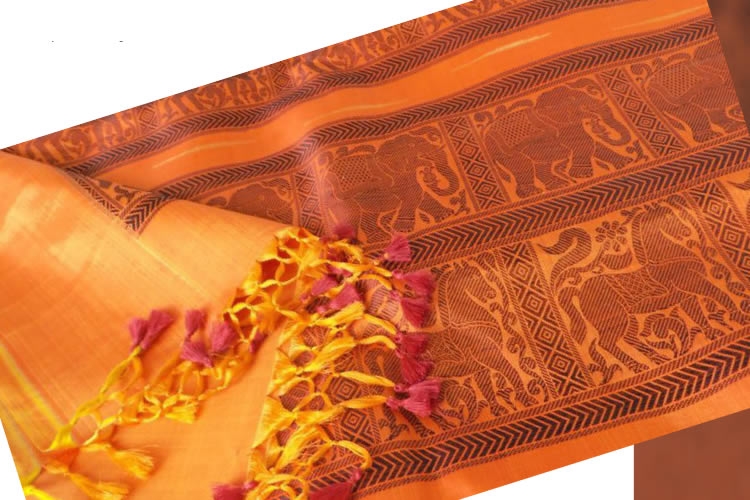
Introduce
Rosanna Masiola - Università per Stranieri di Perugia
Intervento di chiusura
Paolo Taticchi - Imperial College Business School, London UK
Rajini Sarma Balachandran Bio
Rajini Sarma Balachandran is the co-founder and designer of Jari the Sari Studio. The purpose was to uplift the Kanchepuram sari tradition through design intervention and reinvention of new and old design motifs within the parameter of tradition. As a pravasi returning home after a long sojourn abroad, Rajini chose this as the venue to discover and understand the core of India-its history, its aesthetics, symbols, color, legends, village traditions and culture. The aim of Jari is to be the intellectual interface between the weaver and the high fashion industry so that the Kancheepuram sari continues to reign supreme as the queen of silks forever.
Rajini is a Ph.D in Political science from New York University and has received the Frederick Hartmann award and Taraknath Das award for papers related to her thesis on the Cultural and temporal domain of Balance of power theory. She has presented papers in international forums and conferences on war, conflict, alliances, military commander queens and myths of motherhood. She is also an artist who has received her training in New York Studio School, Parsons School of Design and Arts Student League of New York. Her paintings have been exhibited in venues including New Century Artist in Chelsea and Howland Cultural Center and the UN Permanent Mission in New York; and Monmouth Arts Council, Asian Arts Visual Exhibition held by four cultural institutions of Rutgers University and in Wetherhill Historic center in New Jersey. Her artwork ranges from oil paintings to frescoes to mono-prints, etchings woodcuts to encaustic, old methods and techniques of classical European masters to quilting, stained glass and photography. Rajini has served as a member of the Advisory Council to the Governor of New Jersey on Asian- American affairs and New Jersey State Council
Art, Fashion and Weave. The Enchanting Narrative of the Kanchipuram Sari Rajini Sarma Balachandran (Abstract)
The sari is India’s most iconic garment and is flourishing when most of the world has adapted to western style clothing. The woven journey of the sari goes back to the Indus Valley civilization about 5000 years ago. Each region in India has its own sari draping style and method of weave and loom construction.
The Kanchipuram handcrafted sari with its rich tapestry of designs and motifs is known for its restrained beauty and classicism. The silk weave is very original and unique to this sari tradition of South India and its design repertoire reflects the ethos and culture of Tamilians of Tamil Nadu state of India. The weavers’ patterns are steeped in symbolism and mythology and are drawn from the sculpture and architecture of the temples.
Kanchipuram is a city of thousand temples and is often playfully referred to as the playground of the gods. The weaver approaches his craft with the same devotion and passion of any other artist in painting, dance or music. Wealth, power and religious devotion are all expressed through textiles. Tradition, culture and heritage are not static concepts but reflect changes within its society. Civilizations exchange luxury items and creative ideas influence each other. The story of this wondrous silk fiber of India is almost an epic with looms running continuously for 5000 years. Written testaments to the quality, quantity and variety are scattered all over old written testaments. In fact the elder Pliny writes in 1st c A.D. that the value of imports of luxury items including textiles was 100 million sesterces, more than 200, 000 Euros in those times! Pliny complained that India is draining Rome of gold.
In spite of the threat posed by the power loom technology to the handcrafted sari tradition, India continues to make an impact on fashion designers from Germana Marucelli to Gianni Versace to Louis Vuitton to Christian Dior to Hermes and so on. India’s Sari has travelled from local to global because of its versatility and adaptability to new interpretations. The encounter with the sari in fashion design is expanding, as the world is growing small with mass migration and electronic mediation. The experience of the sari’s narrative from then to now is pure magic.
